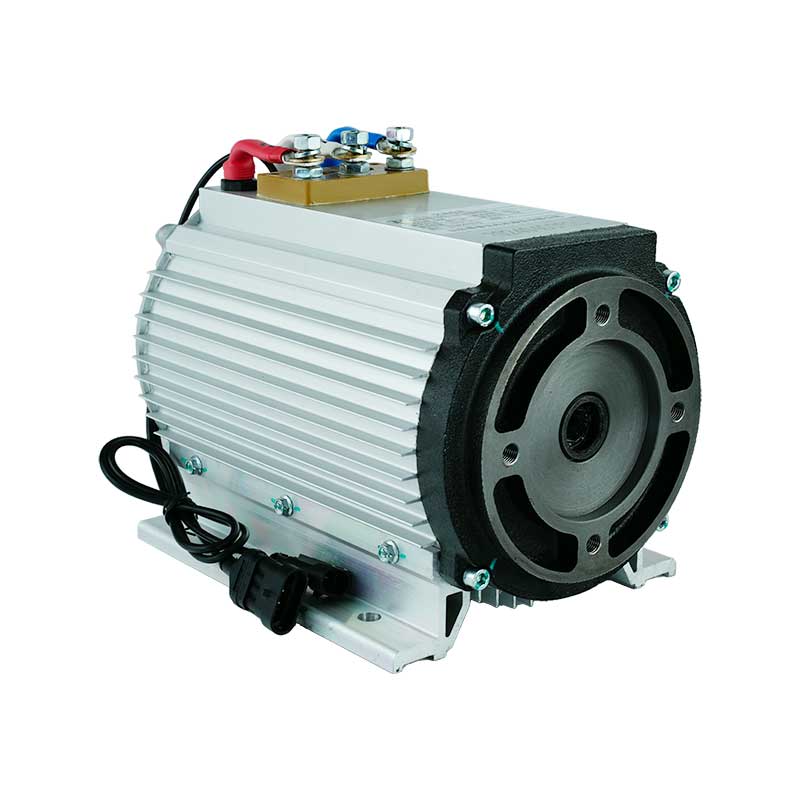In a recent article, several basic standards for motors were involved. Some careful netizens raised questions about the mandatory and recommended requirements of the standards, that is, why did the mandatory standards become recommended standards later? Are the requirements in this regard being weakened? In response to this question, Ms. will share her personal views with you.
According to the applicable scope of the standards, our country’s standards are divided into national standards and industry standards, as well as enterprise standards suitable for individual products; according to the implementation requirements of the standards, they are divided into mandatory standards and recommended standards. GB is the code for national mandatory standards, and GB/T is the code for national recommended standards.
In the case of motor products, the efficiency limit value standard for the product is a typical mandatory standard, that is, the efficiency level of such motors produced and sold in our country cannot be lower than the minimum efficiency value specified in the standard. For example, GB18613, GB30253 and GB30254 are the current mandatory standards for motors with energy efficiency control requirements.
Netizens who have been involved in motor products for a relatively long time know that GB/T 755, GB/T 1032 and GB/T 14711 are all basic standards for motors. Originally, these standards were mandatory standards, but later the standard authorities adjusted the nature of these standards to recommended standards. Ms. Can believes that this has a lot to do with the integration of national standards with international standards and the domestic market with the international market. In order to better meet the needs of the international market, motor manufacturers can selectively adopt standards according to the characteristics of the products and market orientation.

It can also be found from the source of national standards that the basis for the formulation of national standards is IEC standards, and the standard adoption process will be based on the actual needs of the country, using equivalent, equivalent or reference methods to make choices.
Motor manufacturers with export business may find that the CQC safety certification completed in accordance with our national standard GB/T14711 is not suitable for other foreign customers. We must carry out CE certification in accordance with relevant international standards.

However, from the perspective of the level of standard performance requirements, the standard requirements of developed countries are often higher, or at least not lower than the requirements of international standards, while the standard requirements of some backward countries may be lower than the requirements of international standards.
For motor products, the requirements for entering Europe are relatively high, so motor manufacturers need to pass CE, UL and other certifications to prove the compliance of their products and their ability to provide qualified products.
Post time: Mar-31-2025
